
The label. These days it feels like it should be a 4 letter word. It is the part that parents seem to fear the most during the IEP process. The scary thought of having a ‘label‘ put on their child. For those unfamiliar, to get an IEP ( Individual Education Plan ), students have to be found eligible in an area. That area gets put on their IEP documents. The professional working with a child may refer to it as their primary or secondary eligibility, but parents may know it as the dreaded ‘label’. There is a fear of their child being ‘labeled’ LD ( learning disabled ), or Speech forever and never being able to escape it. I feel this fear comes from the parents not wanting their child’s identity to be lost in the ink that is in their IEP. They don’t want their child’s peers to potentially use it as a verbal weapon. All are valid fears and concerns.
To parents who may read this, I can’t promise that won’t happen. I can’t promise that classmates will ignore that your child comes to me to work on their speech skills. I can’t promise that other students won’t use it against your child. I can promise you that I will always look past their label to see the child in front of me. I will always to try my best to prevent someone from using those words to hurt your child and should it occur, stop it. Part of my job is to help your student grow their speech and language skills and recognize that they are more than an area of difficulty. I can promise I will do everything I can to help them see that.
To parents, family members, and clinicians I have some thing I would like you to think about though.
- We label each other everyday. When you first meet someone your mind goes through several labels: nice, friend, foe, cranky, polite, etc. These ‘labels’ are how we determine if we want to be around someone or not. Everyone is labeled in their lifetime. They may be the funny-one, the messy-one, the pretty-one, or even the forgetful-one. They may be the one with the stutter, the one with ADHD, or the boy who REALLY likes planes… A LOT. This is something we all do, whether it be intentional or not. My point is, labels are a part of our everyday lives.
But….
I do understand that it is different for families when those words are printed on a sheet of paper and used to determine the best ways for their child to learn.
- As professionals, we use those labels as a guideline, giving us some background knowledge of the student’s strengths and weaknesses. If I see an eligibility of Autism, I start to mentally plan for more structured sessions, working on social skills, using visuals, finding their special interest and figuring out how to incorporate it, etc. However, this is just me creating ideas and giving myself a starting point. As I learn about the child, these ideas quickly get tossed out or adapted depending on the child’s needs.
When new students come up, we always do our best to look past the label. After all, it isn’t a bunch of words walking through our doors, it is a child in their favorite shirt. It is a shy little girl who wants so badly to play with the other kids on the play ground, but is too afraid because she stutters. While their eligibility, aka label, gives us an idea about them, it does not define all that they are.
My point of writing this is to put it out there, yes, a child has words on a document that describe how they learn. Yes, we call it a label. But, a child is more than a label. They are more than words on a page, and I realize that. Will I label a child at some point? Yes. That child maybe be the sweet-one, the funny-one, or the one that touched my heart. But, they are more than a label. They are a child who has strengths, weaknesses, fears, goals, special talents and I see that. I will always do my best to look past their ‘label’.


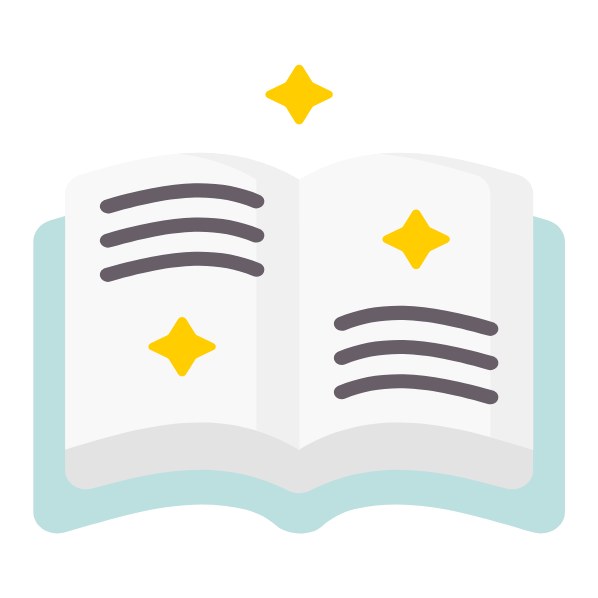

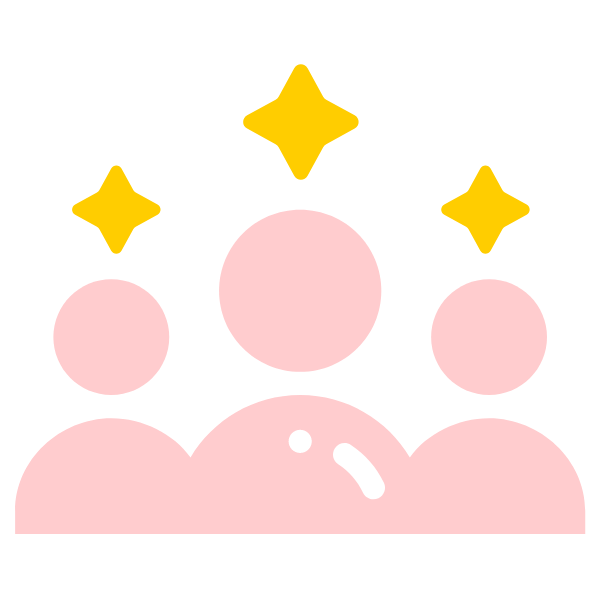





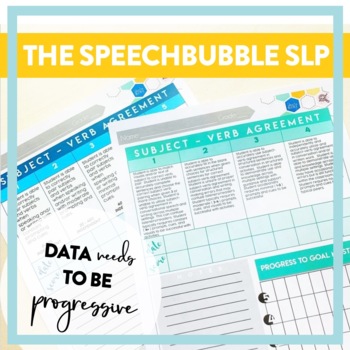
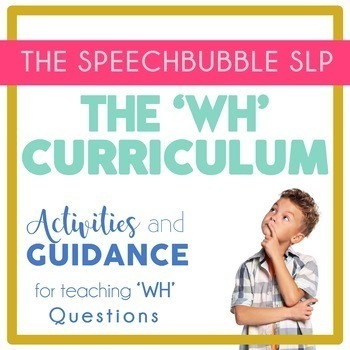
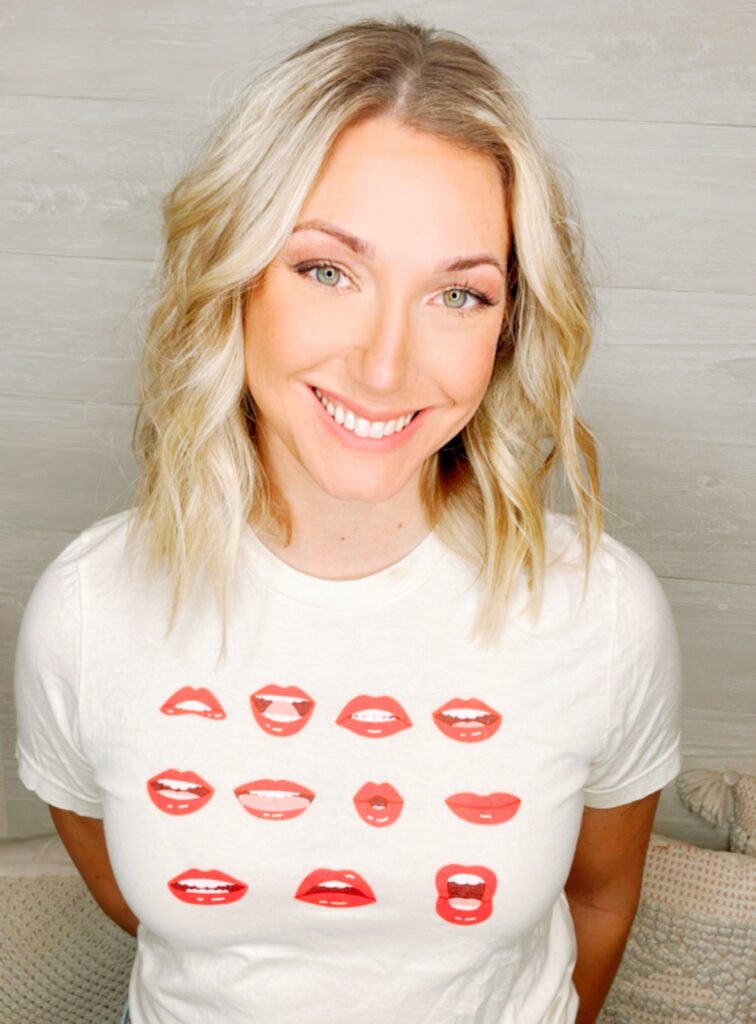

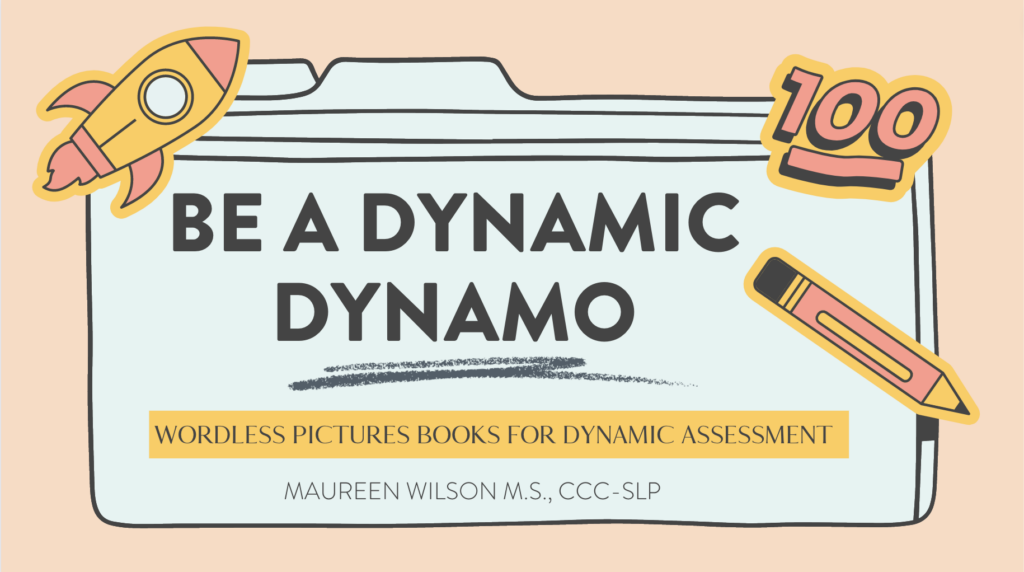

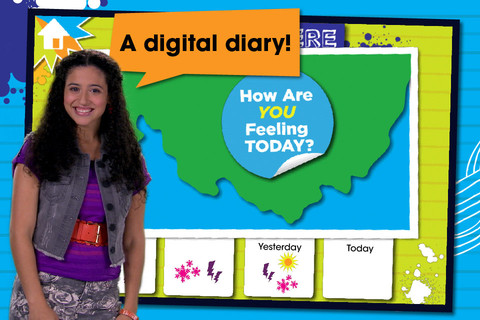


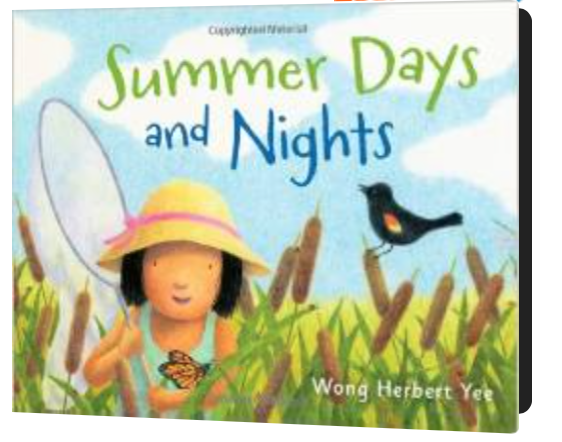

4 Responses
Beautiful perspective, beautifully written!
Incredible post!
very well written, from my perspective as an SLP and the mother of a child with ADHD and processing difficulties.
Thank you so much 🙂